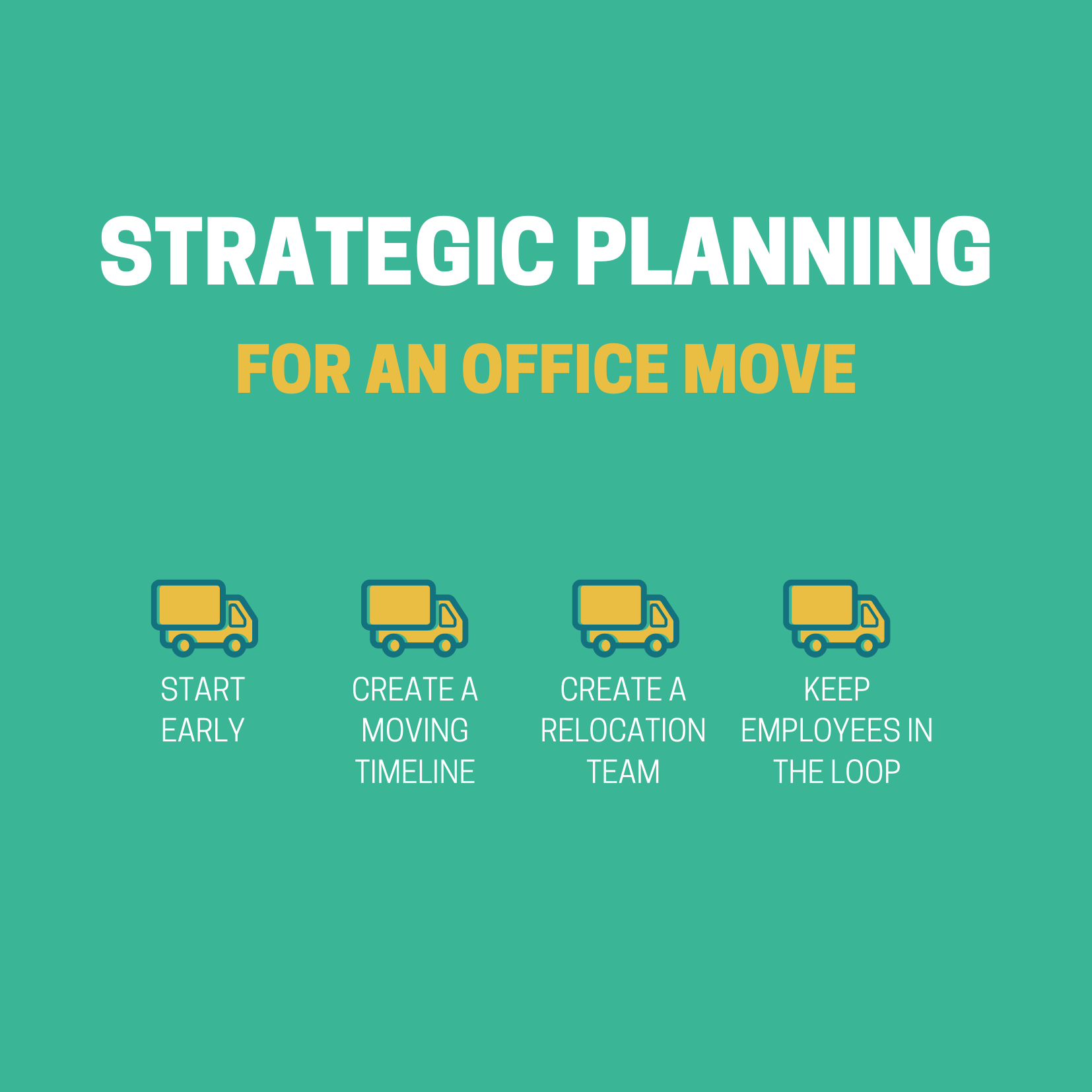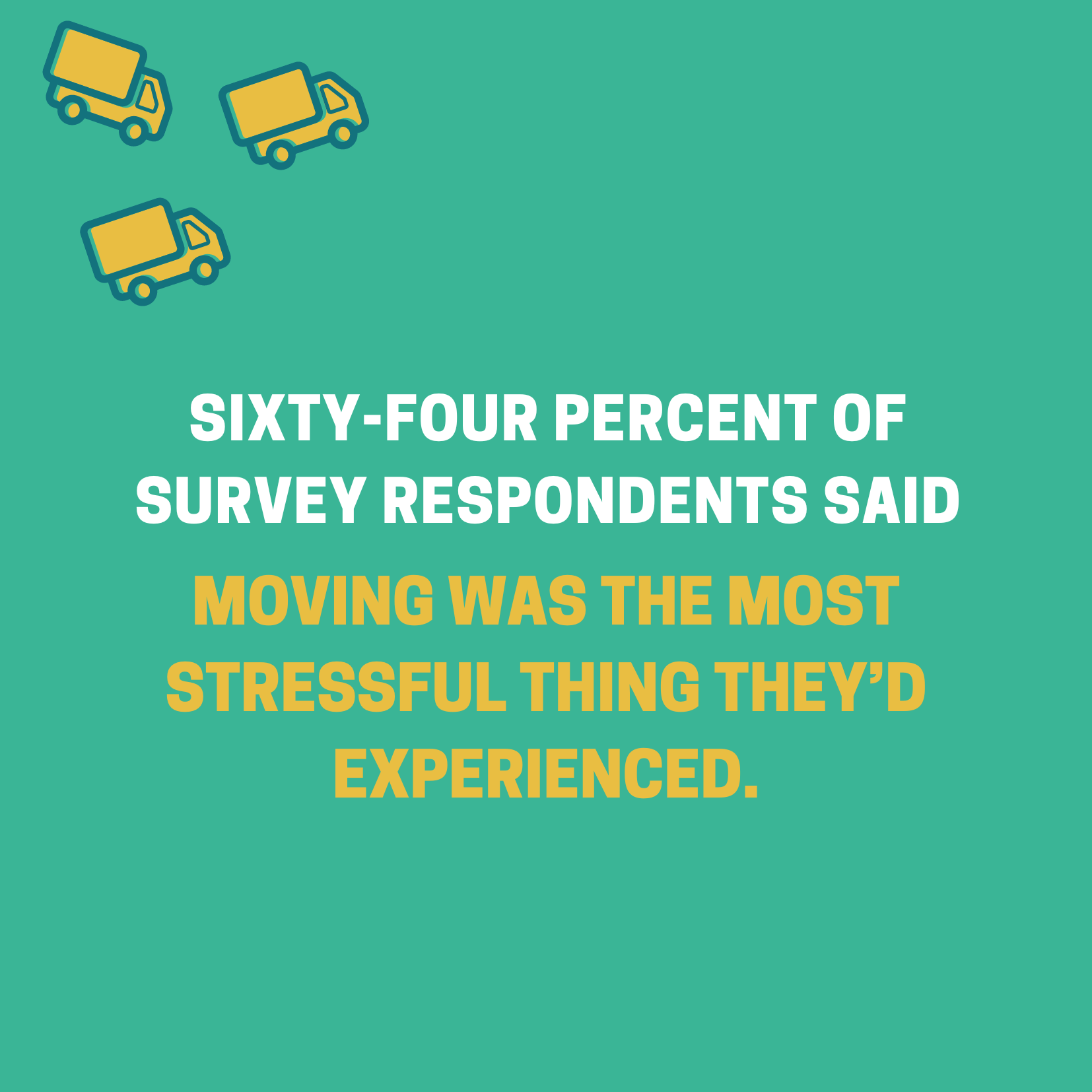
Postpartum Depression & Going Back to Work
Postpartum and peripartum depression (PPD) is the most common mental disorder experienced after childbirth. So, what happens while you’re in the midst of it or recovering, and you’re due to return to work?

Nearly two-thirds (64 percent) of recent survey respondents said moving was the most stressful thing they’d experienced. Moving for a job, especially across state or country lines, creates even more stress for employees and their families.
Human resources managers play an essential role in helping employees who are relocating to manage their stress and, when possible, reduce it. This guide outlines practical strategies to mitigate employee stress and make office moves seamless.
Office moves, regardless of whether they are across town or the country, can be incredibly stressful for employees. The following are some frequent challenges that workers face when gearing up for an office relocation:
It’s important to note, too, that employee concerns and feelings of stress can quickly spread throughout the workplace. Even if only some employees are anxious about the move, others may initially pick up on those feelings and start to worry, resulting in a less productive workplace with lower morale.
The first step to reducing employee stress during office moves is careful planning. The more preparation ahead of time, the easier it will be to relocate to a new office and support employees during that relocation.
The following are some guidelines to keep in mind when planning an office move:

● Start early: As soon as managers know a move is coming, they should start making plans.
● Create a moving timeline: Once the manager knows the company’s moving date, they should create a timeline. They can break the process down into a series of smaller processes (for example, set a deadline for when individual offices need to be packed up and establish a deadline for when the whole building needs to be cleared out) to make the move more manageable.
● Create an office relocation team: Managers shouldn’t try to assist all employees independently. Instead, they can create an office relocation team of individuals who can ensure everyone is supported and receive extra help for themselves throughout the planning and execution processes.
● Keep employees in the loop: Managers must share regular updates with the team so that team members understand where they are in the moving process, what tasks they need to prepare for, and how much time they have until the moving date.
Transparent communication is another crucial factor in reducing stress during an office move. The following strategies can help managers communicate effectively and mitigate concerns throughout the moving process:
Once the manager has created a moving timeline, they should share a copy with all team members. They must also highlight relevant dates and ensure everyone knows when to pack and be ready to work at the new office.
Managers should share regular updates with the team about the moving process. It includes reminding people when deadlines are approaching, providing updates on the number of weeks or days remaining until employees start working in the new office, etc.
Regular office hours allow employees to express concerns, make suggestions, and ask questions. Managers should dedicate weekly time to check in with employees and proactively address potential challenges.
When putting together the office relocation team, managers should consider putting someone (or multiple people, depending on the size of their company) in charge of employee support during the move.
This team member (or team members) can be a point person for concerns or questions about the relocation. They can also compile resources to help employees navigate the move, such as these:
Information on apartments or houses for rent in the new area
Information about realtors to help with home sales
Information on schools in the new area
Information on after-school activities and kids’ programs in the new area
Information on moving services for employees’ personal belongings
Frequently asked questions documents that employees can reference when additional concerns arise
Taking the time to create and share these resources can save the relocation team a lot of time and stress later on, so putting them together early in the process is worth it.

It’s easy to get so wrapped up in the moving process – and the scramble to get back on track after a move – that employees work longer hours and put in a lot more effort. However, this is when people need the most flexibility and focus on work-life balance.
After all, they’re moving to a new place (and dealing with the stress of moving personal belongings and their office setups), helping their families get acclimated, getting used to different surroundings, etc.
As the team settles into its new location, human resource managers must give employees time to adjust. They may need to provide more schedule flexibility, for example, so workers can deal with issues at their new home (such as being present when the internet is being hooked up or new appliances are delivered) or help their kids get acclimated to their new schools, daycares, etc.
Managers should encourage employees to take personal time when needed during this move. They must also be empathetic and understanding to minimize stress, create a more supportive environment, and help them start this new journey on the right foot.
The HR department manages all aspects of the employee lifecycle and ensures they feel supported in the workplace. Therefore, the human resources department is critical in fostering a positive office move experience.
HR managers have a unique opportunity to make employees’ lives a little easier during a stressful time. They should take this opportunity seriously and follow the abovementioned guidelines to reduce stress as much as possible.
Browse our curated list of vendors to find the best solution for your needs.
Subscribe to our newsletter for the latest trends, expert tips, and workplace insights!

Postpartum and peripartum depression (PPD) is the most common mental disorder experienced after childbirth. So, what happens while you’re in the midst of it or recovering, and you’re due to return to work?

What types of resources can employers provide to lessen the burden of lonely individuals in the workplace?

From decreased productivity to poor workplace relationships – gain insights on recognizing, addressing, and mitigating the consequences of substance abuse at work.

Understand the significance of maintaining a healthy work-life balance for overall well-being and long-term professional success.
Used by most of the top employee benefits consultants in the US, Shortlister is where you can find, research and select HR and benefits vendors for your clients.
Shortlister helps you reach your ideal prospects. Claim your free account to control your message and receive employer, consultant and health plan leads.